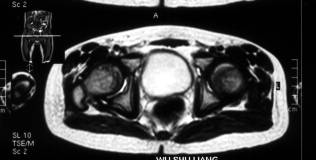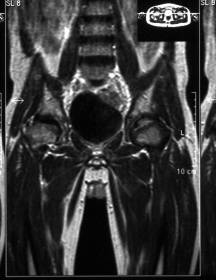问题
选择题
家鸽的循环路线中下列哪种血管中流动脉血?( )
A.毛细血管
B.肺动脉
C.体静脉
D.肺静脉
答案
体循环:左心室→体动脉→身体各部→体静脉→右心房,由于血液流经各器官时要进行生理活动消耗氧,产生二氧化碳,所以使动脉血变成静脉血;肺循环:右心室→肺动脉→肺→肺静脉→左心房,肺是家鸽的主要呼吸器官,当血液流经肺时,血液中的二氧化碳和外界空气中的氧进行气体交换,使静脉血变为动脉血,所以流淌动脉血的血管是肺静脉.
A、毛细血管是进行气体交换的部位,血液流经毛细血管时:在体循环中由动脉血变为静脉血;在肺循环中由静脉血变为动脉血;A错误.
B、肺动脉属于肺循环,流着静脉血,B错误;
C、体静脉属于体循环,内流静脉血,C错误;
D、肺静脉属于肺循环,内流动脉血,D正确;
故选:D



